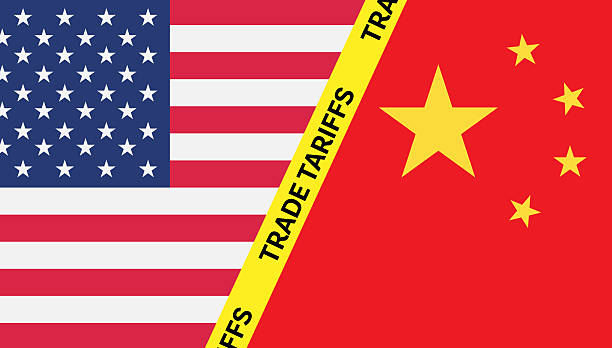Dr. David Anderson -- Department of Agricultural Economics at Texas A&M University
It’s been about six weeks since U.S. tariffs and retaliatory tariffs were announced, impacting beef. One of the reasons the beef trade market is so interesting is that the U.S. imports and exports beef. The mix of products varies by country, including muscle cuts, trimmings, variety meats and hides.
Even though tariff levels continue to fluctuate, enough time has passed to begin to see some impacts on beef exports to one market in particular: China.
Weekly fresh and frozen beef muscle cut export data is available through the U.S. Department of Agriculture’s Foreign Agricultural Service. The data is reported for a large number of countries and can be aggregated to regions.
U.S. exports to China averaged 2,420 metric tons per week during the first quarter of 2025. Following the announcements of tariffs and retaliation, exports dropped dramatically to only 17 metric tons for the week of May 8. That was the smallest weekly export total since the week of April 11, 2019, when zero tons were exported.
Often in trade, the closing of one market creates new, larger exports to other countries. Beef exports to Japan and South Korea over the last six weeks are larger than during the first quarter of the year. Some more detailed information might be necessary to determine if the increase is normal week-to-week variation or some redirecting of shipments following the tariff announcement or finding new sales.
Of perhaps more interest, export data to Hong Kong is still broken out from mainland China exports. Exports to Hong Kong averaged 369 metric tons per week during the first quarter of the year and 600 tons per week since early April.
For a little added context, fresh and frozen beef muscle cut exports to China are a relatively new phenomenon. Exports did not exceed 1,000 tons in a week until November 2019. But exports rapidly grew since then to become the U.S.’s third-largest beef export market. As exports to mainland China grew, they largely supplanted those to Hong Kong. Exports to China in 2024 accounted for an equivalent of about 1.7% of U.S. beef production.
There will likely be more volatility in trade as negotiations on tariffs move forward. These individual country markets will be interesting to monitor in the future.
Articles on The Cattle Range are published because of interesting content but don't necessarily reflect the views of The Cattle Range.















